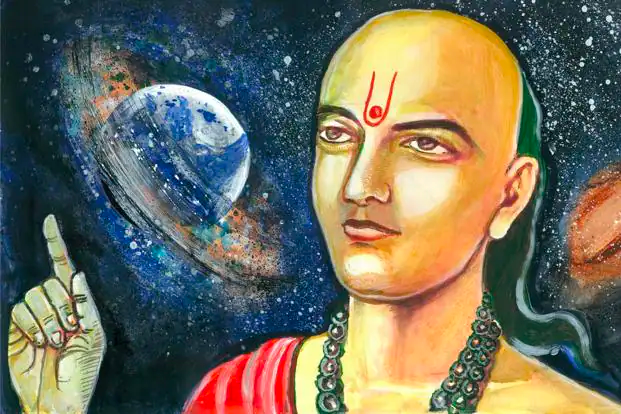
Aryabhata was an Indian mathematician and astronomer who lived in the 5th century CE. He was born in present-day Kerala, India and is considered one of the greatest mathematicians and astronomers of ancient India.
Aryabhata is best known for his contributions to mathematics and astronomy. He wrote several critical texts, including the “Aryabhatiya,” which is a seminal work on mathematics and astronomy. In the “Aryabhatiya,” Aryabhata introduced several important mathematical concepts, including the idea of zero, which he called “sunya,” and the decimal system of place value. These ideas revolutionized mathematics and are still widely used today.
In astronomy, Aryabhata made significant contributions to our understanding of the solar system. He correctly postulated that the earth rotates on its axis, which was a groundbreaking idea at the time. He also correctly calculated the length of the solar year, and his methods for calculating the positions of planets and eclipses were highly influential in the development of Indian astronomy.
Aryabhata’s work had a significant impact on the development of mathematics and astronomy in India and beyond. His ideas were transmitted to the Islamic world, where they influenced the development of Islamic mathematics and astronomy. His work also had a profound influence on the development of Western mathematics and astronomy, particularly during the European Renaissance.
Overall, Aryabhata is considered one of the greatest mathematicians and astronomers of ancient India, and his contributions to the field have had a lasting impact on our understanding of mathematics and astronomy.
Nath, Biman. “Aryabhata.” Resonance 11.3 (2006): 2–3. Web. ➤
Āryabhaṭa, and Walter Eugene Clark. The Āryabhaṭīya of Āryabhaṭa: an Ancient Indian Work on Mathematics and Astronomy. Chicago, Ill: The University of Chicago Press, 1930. Print. ➤
Kolachana, Aditya, K. Mahesh, and K. Ramasubramanian. “Āryabhaṭa I’s Astronomy with Midnight Day-Reckoning.” Studies in Indian Mathematics and Astronomy. Singapore: Springer Singapore, 2019. 548–568. Web. ➤
Kak, Subhash. “THE ARYABHATA CIPHER.” Cryptologia 12.2 (1988): 113–117. Web. ➤
Dutta, Amartya Kumar. “Āryabhata and Axial Rotation of Earth: 3. A Brief History.” Resonance 11.5 (2006): 58–72. Web. ➤
Kak, Subhash. “On Aryabhata’s Planetary Constants.” (2001): n. pag. Web. ➤
Hari, K. Chandra. “INDIAN ASTRONOMICAL EPOCH: 310 CE 18 FEBRUARY IMPLICATIONS OF ĀRYABHAṬA’S WORKS TO INDIAN CHRONOLOGY.” Annals of the Bhandarkar Oriental Research Institute 90 (2009): 59–80. Print. ➤